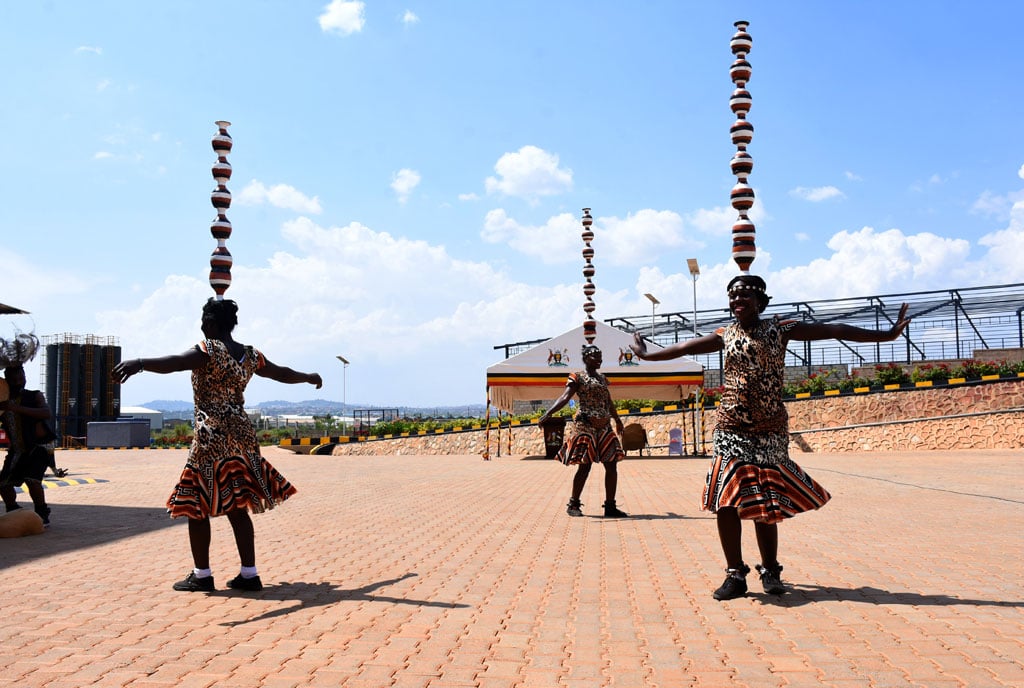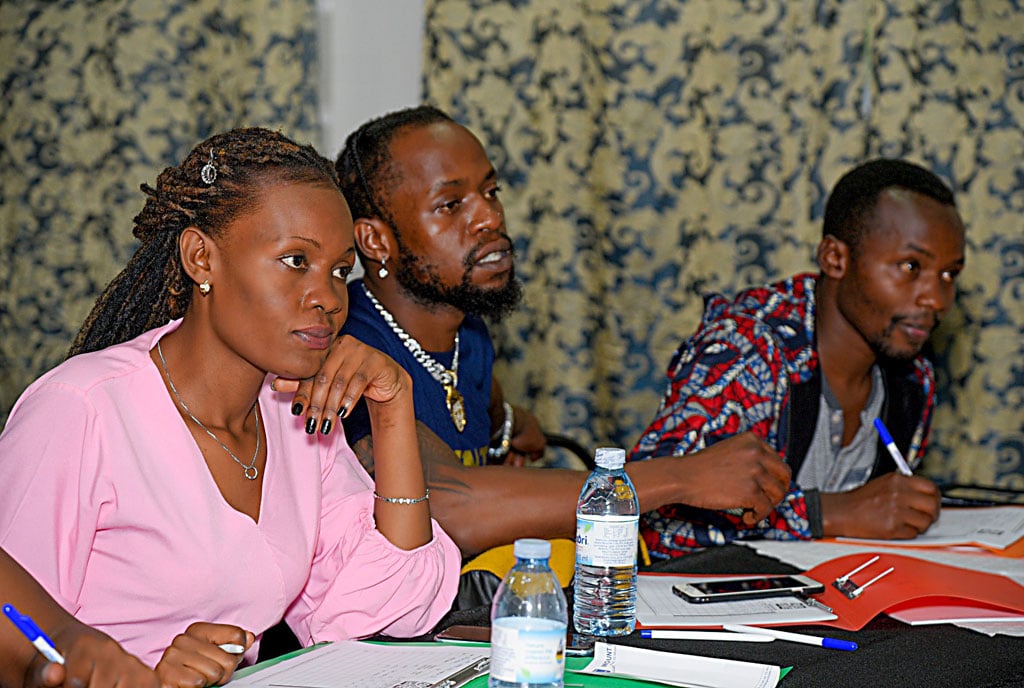The latest report by the International Confederation of Societies of Authors and Composers (CISAC) shows that royalty collections in Africa grew by +17.1 percent in 2021 to reach €75 million (about Shs308b).
While growth was posted in all repertoires, the figure is still -6.4 per cent below what was mustered pre-pandemic in 2019. Empirical evidence shows that Covid-19 curbs knocked tourism and the cultural and creative industries (CCIs), with the collection of royalties of creators still negatively affected post pandemic.
For one, the 2022 Global Collections Report indicates that whereas live and public performance income grew by +3.1 percent in 2021 in Africa, it remains more than one-quarter below the 2019 total. Societies—like Kenya where collections decreased by -43.9 percent—also reported a reluctance to attend live events amongst the public even after restrictions eased.
There were a few exceptions such as in Ivory Coast where the Bureau Ivoirien du Droit d’Auteur (BURIDA) partnered with town halls, national institutions and larger umbrella users such as health centres and hotels to dramatically increase collections by +58.9 percent.
The woes of in-person events carved opportunities for other spaces. Take royalties from broadcast TV and radio in Africa that grew by +19.1 percent, making up more than 44 percent of the regional total. TV and radio collections in Nigeria grew more than four-fold, following a licensing agreement between the Musical Copyright Society of Nigeria and broadcaster Multichoice. Senegal also reported an increase due to a satellite settlement with Canal.
South Africa, which is the continent’s largest collecting country, however witnessed a small drop in its income after a continued slowing of radio advertising. That notwithstanding, the 19 percent increase in income from TV and radio broadcasters pegged to royalty collections in Africa was largely driven by South Africa.
The African powerhouse nevertheless saw its digital revenue nearly double thanks to a joint Composers, Authors and Publishers Association/Southern African Music Rights Organisation licensing agreement.
The agreement facilitated the retrospective invoicing of Netflix, Facebook and Deezer. Save for the rainbow nation, Ivory Coast and Mali, modest digital returns were registered elsewhere on the continent. The 2022 Global Collections Report reveals that they “represented and comprised just 16.9 percent of African collections.”
“The challenge is to match the quality of cultural creation in African territories with an effective system of royalty collections, especially in the digital space,” Mr Adrian Strain, the CISAC director of communications, told Monitor.
He rued the fact that since time immemorial “historically low awareness and low priority [has been] given to the rights of creators” and that “our [member] societies face a lot of resistance, from broadcasters and venues to the principle that people and companies that use music, films and artworks to their benefit should have to pay for it.”
Mr Strain is, however, quick to note that it is not all doom and gloom for sub-Saharan Africa. He references Ivory Coast, which “was very resilient through the pandemic and managed to secure growth of 52 percent to 6.5 million”, and Malawi where “a successful system of collections for private copying, compensating for the duplication of music on devices [saw] collections grow by tenfold in 2020, albeit with a still small total.”
The road ahead for sub-Saharan Africa’s creatives is a “tough” one as per Mr Strain. He says whereas “live music is returning post-Covid, … the cost-of-living squeeze [has made] people think twice before going out to gigs and bars.”
Global scorecard
It’s not just sub-Saharan Africa that finds itself in the throes. According to the CISAC report, despite a 27.9 percent rise in digital royalties helped by the growth of subscription streaming, total worldwide collections in 2021 were still 5.3 percent lower than in 2019.
“The result illuminates the disastrous impact of the two-year lockdown on live and public performance income, the potential for further digital growth and the urgent need for actions to unlock more value for creators in the streaming market,” the report notes.
The report also indicates that new and extended digital licensing deals by CISAC member societies, coupled with streaming and subscription growth, helped digital collections to increase by 27.9 percent. Despite the shift to streaming, which accelerated at the height of the pandemic, digital still makes up only 32.6 percent of all royalty collections. This is less than half the share accounted for by digital in the recording industry.
Revenues from live and background uses stayed flat in 2021 at €1.6 billion. This is 45.8 percent below the pre-pandemic total of €2.9 billion in 2019. Elsewhere, income from TV and radio creators’ largest royalty stream remained relatively robust through the pandemic. It nonetheless saw a slight decline of 1.8 percent in 2021.
According to the report, music was the only repertoire reporting increased royalties in 2021, with growth of 7.2 percent. The drama sector, most vulnerable to lockdowns, saw royalties down 13.8 percent. Audiovisual collections declined by 2.8 percent, literature by 3.9 percent and visual arts by 1.2 percent.
“The major markets for literature, which include education, were closed during the pandemic. Over 90 percent of royalties for literature are collected from universities and other education levels,” Mr Charles Batambuze, the executive director of the Uganda Reproduction Rights Organisation (URRO), told Saturday Monitor, adding, “The education sector did not fully reopen until much later in early 2022.”
Mr Gadi Oron, the CISAC director general, says “the recovery is only half done” following “the 10 percent fall experienced in 2020.”
He, however, sees green shoots, with “the acceleration of digital licensing by many of our members to offset the decline in other areas [being] a real success story.”
With headquarters in France, CISAC is the world’s leading network of authors’ societies. Its 227 member societies in 118 countries account for more than 4 million creators from all geographic areas and all artistic repertoires (music, audiovisual, drama, literature and visual arts).


